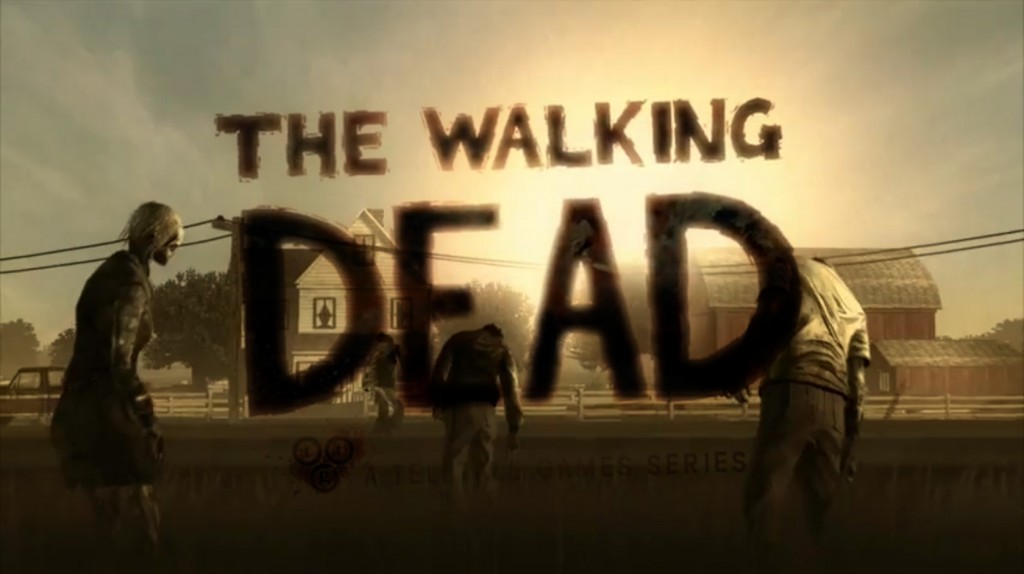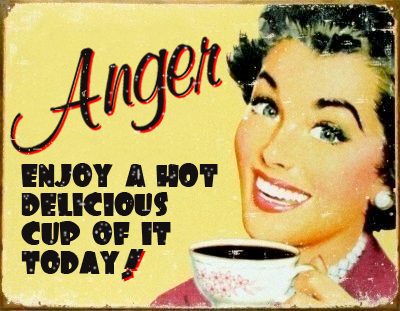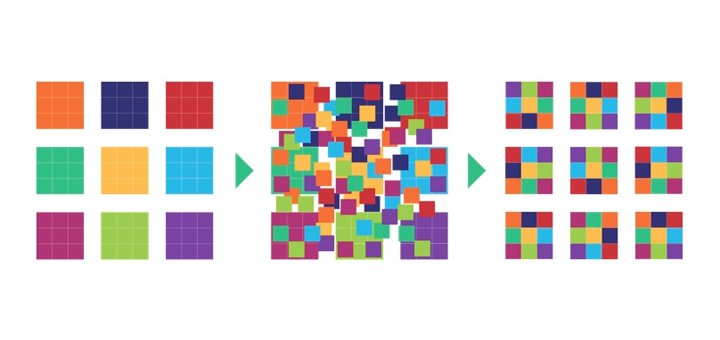When the new year dawned after the close of another, I found myself curious regarding the quality of media representation for the year. As I set forth to do a little bit of investigative research I found that there are a decent amount of statistics for female representation in blockbuster movies. For instance, this graphic shows the correlation between movies that passed the Bechdel Test and the amount they grossed at the box office, dispelling the myth that films with female protagonists or those with realistic relationships between women don’t sell. However such a statistical analysis of both video games (for adults and children) and children’s programs are neglected. With this in mind, I’ve decided to analyze the top selling and most popular video games of 2013 for gender representation with the purpose of viewing from a mere percentage standpoint the number of games that featured female characters. Note that this doesn’t by any means dismiss the fact that some characters might still be problematic.
For the sake of simplicity, below are the thirty games I’m using as my sample size as they achieved the biggest popularity and circulation. I compiled the list based on number of units sold worldwide and a number of official top lists based on ratings and popularity. Only games created in 2013 were included and those with blatantly non-gendered characters were excluded. DLC add-ons were not considered.
- Grand Theft Auto V
- Call of Duty: Ghosts
- FIFA 2014
- Pokemon X & Y
- Assassin’s Creed IV: Black Flag
- The Last of Us
- Animal Crossing: New Leaf
- Tomb Raider
- Monster Hunter IV
- Bioshock Infinite
- Beyond: Two Souls
- Batman: Arkham Origins
- The Walking Dead
- Gone Home
- Lego Marvel Super Heroes
- Battlefield 4
- Saints Row IV
- Dead Rising 3
- Killzone: Shadow Fall
- Skylanders: SWAP Force
- Far Cry 3: Blood Dragon
- Dead Space 3
- DmC: Devil May Cry
- Metro: Last Light
- The Legend of Zelda: A Link Between Worlds
- Outlast
- Super Mario 3D World
- Fire Emblem: Awakening
- Brothers: A Tale of Two Sons
- WWE 2k14
So let’s get to analyzing. I focused on these aspects: whether there was a playable female character, whether there was a main female character, if the multiplayer offers the player the opportunity to play as a woman or girl, and if the female character is the central character. For a sake of consistency, I counted a woman as a “main character” if they were a part of the main party. These were the results:
Playable Women/Girls: 11 games
Main Women/Girl Characters: 16 games
Woman/Girl Multiplayer Avatar Option: 5 games (out of 11 games with online multiplayer)
Woman As Central Character: 5 games
Out of the thirty games on the list, only eleven games or about 37% featured a playable female character whether or not she was the main protagonist or character. This consists of those characters who the player can actually control or play as. This is a startlingly low, although not surprising, total which gets even lower (30%) if you eliminate the games that allow you to customize your character and choose their gender. Sixteen games out of thirty, or about 53%, featured a woman or girl as one of the main characters in the game. This category was a little loose to define. To have proper representation, a game would, out of sheer statistical presence, be composed of half men and half women, yet a little less than half did so. Numerous games on this list slid by with hardly any women in their cast at all, let alone as major or crucial parts. While less than half of these games offered online multiplayer, only five or about 45% gave players the option of playing as a female avatar. Finally, in only five of the thirty games or approximately 17%, was a female character the central protagonist or the main character the game followed. This, like the first statistic, becomes even lower (10%) when removing the games who allows the player to pick their character’s gender.
While I wouldn’t say that this year was any worse than any other – there were some valid entries with female protagonists – it’s still crucial to recognize and raise awareness of the unequal representation not just for women, but for non-heteronormative persons and people of color, whose rates are even lower.




